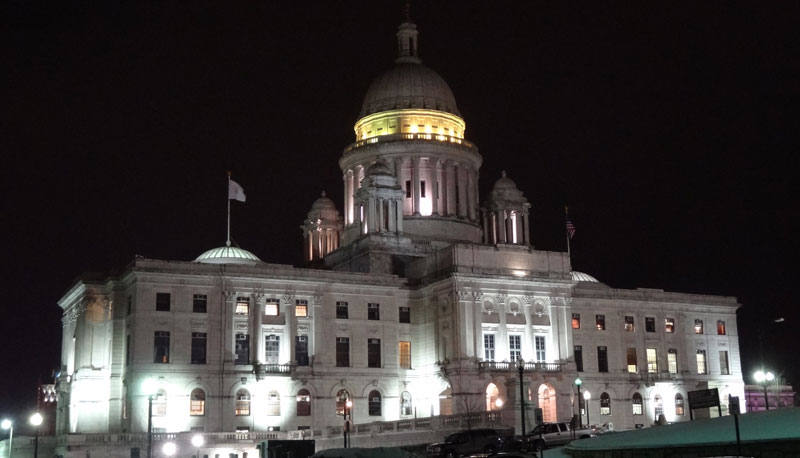According to Rhode Island law, cities and towns are never allowed to decrease the amount of money that they supply to their public school systems. If enrollment goes down, they can calculate their “maintenance of effort” on a per-student basis, but that requires a projected decrease.
By way of example, budgeting for the 2013-2014 school year, the Tiverton school department projected enrollment of 1,899. It turned out to be 1,873 in October. For the 2014-2015 school year, enrollment was 1,871, yet the department is now projecting that it will rebound to 1,890.
This is a side note, though, to my latest post on Tiverton Fact Check.
I recently discovered another area of student projections that has significance for school funding. For this year’s budget, the schools asked for an increase in their budget for out-of-district expenses for special needs students. Last year, there were 93 such students, and it appears that the district projected at least as many. It turned out, though, that there were only 77 such students, so the district transferred exactly $600,000 out of that account.
The projection for next year goes down by another 10 students, so the schools may be returning to their prior ability to project this part of their budget accurately. Still, the schools’ local funding increased by $546,014, this year, presumably on the strength of the incorrect projection, so that money is baked into the budget.
I’ve confirmed with the Department of Education that the state’s view is that the district cannot return the unneeded money, even if the aggressive school committee that recently sued the town for much less were to vote to do so.
From the 2001-2002 school year to the one we’re currently in, the Tiverton school department’s budget, from state and local funding, has gone up 65%, from $17.7 million to $29.3 million. Meanwhile, enrollment fell 16%, from 2,219 to 1,871. It’s as if two full grade levels disappeared from the school, but we’re paying for another five.* And word has it that the district is about to come forward and ask local taxpayers for millions of dollars for necessary spending on the school buildings, which will certainly require more debt.
The people who support such trends (probably because they profit from them) are quick to accuse anybody who finds them disconcerting of “hating the schools.” To the contrary, it doesn’t take but a dose of common sense to see that something is seriously out of whack, here.
* Preventive PolitiFact note: Using inflation-adjusted dollars, the schools’ budget increase would only be 24%, so it’d be more like losing two grades while paying for an extra two. But (1) this is a quick illustration to compare numbers, (2) a healthy town’s school system should grow, so the loss in students is arguably understated, and (3) I don’t know why a school system can’t be expected to become more efficient over time, which would require another adjustment.


